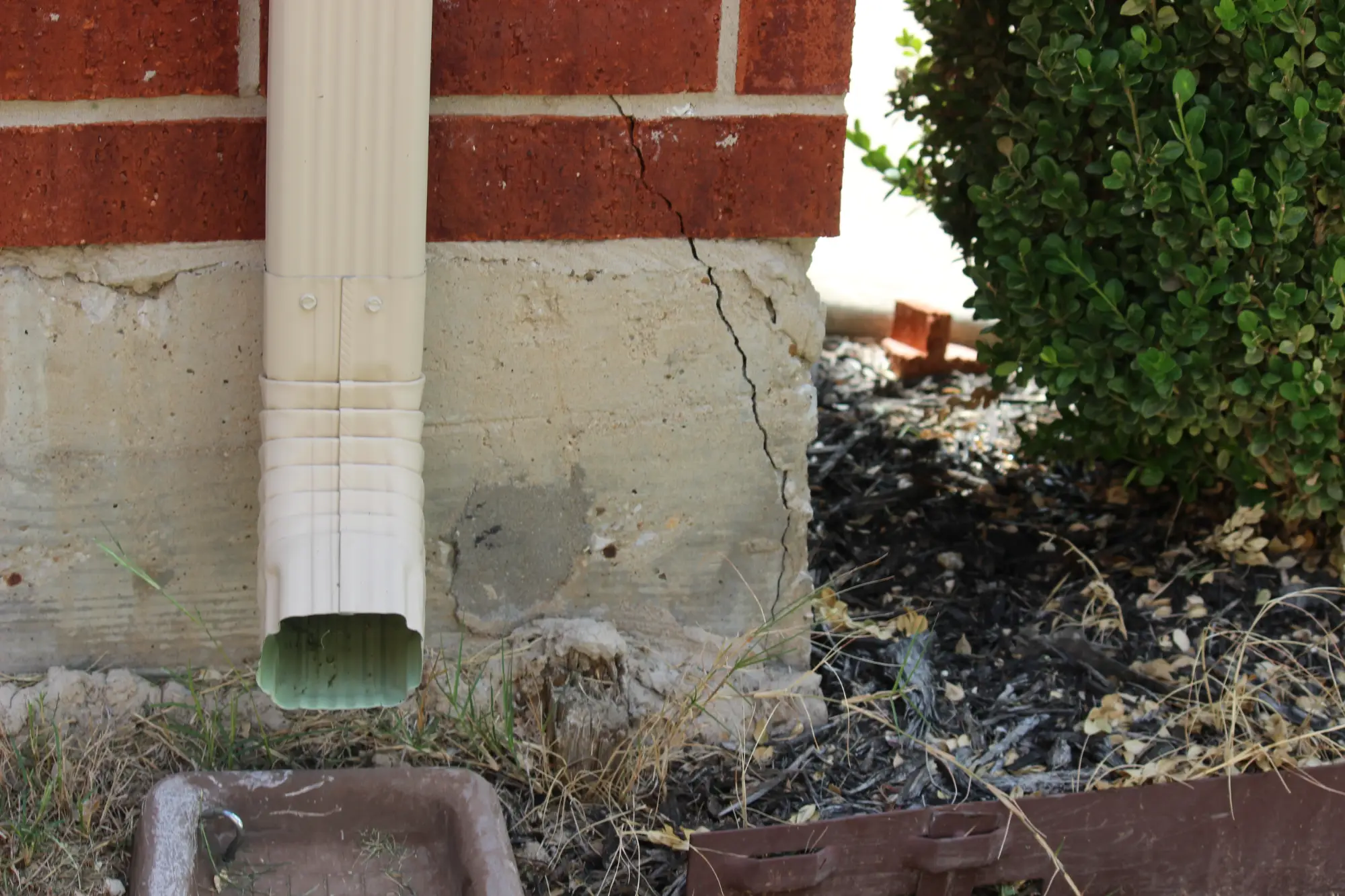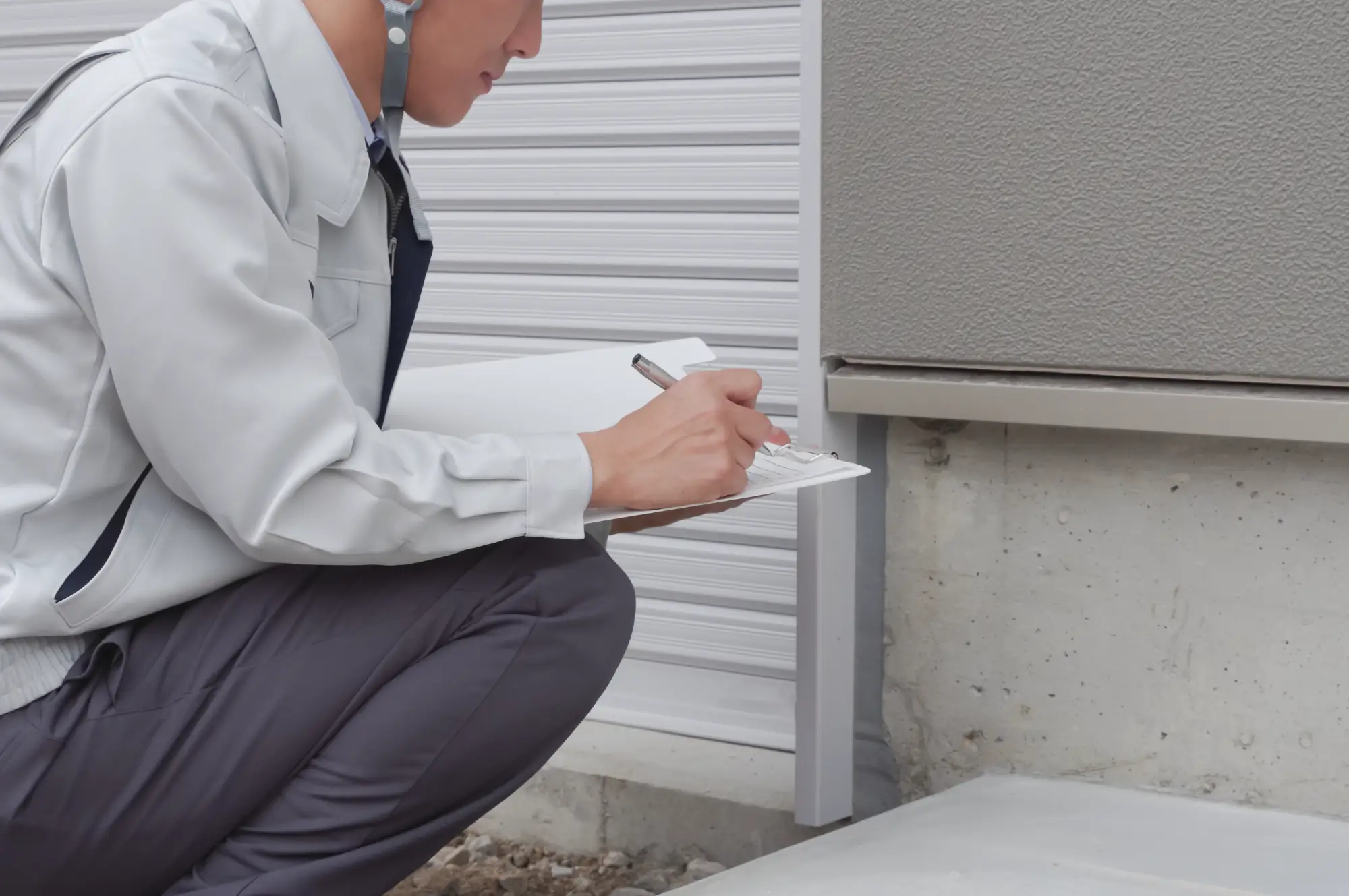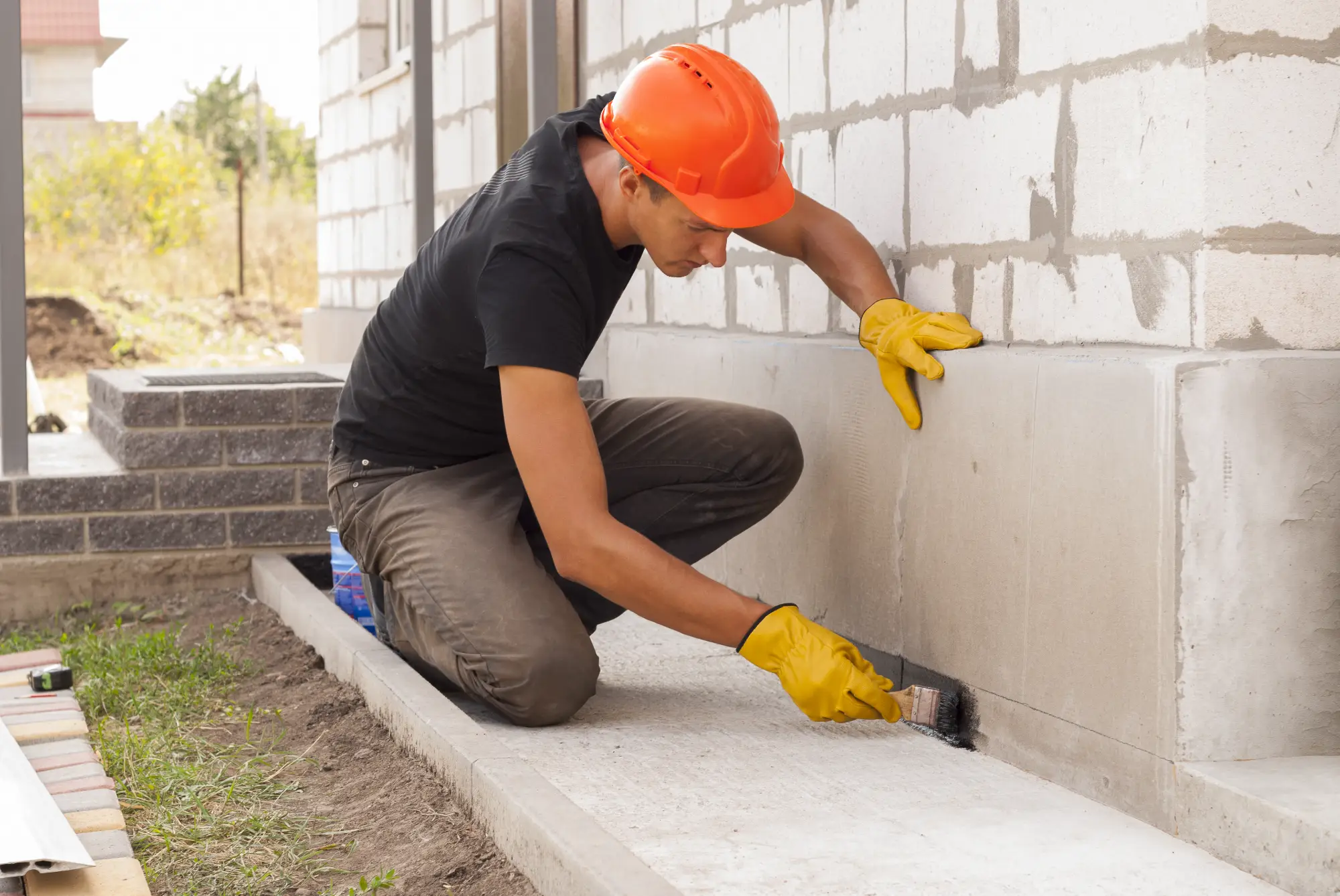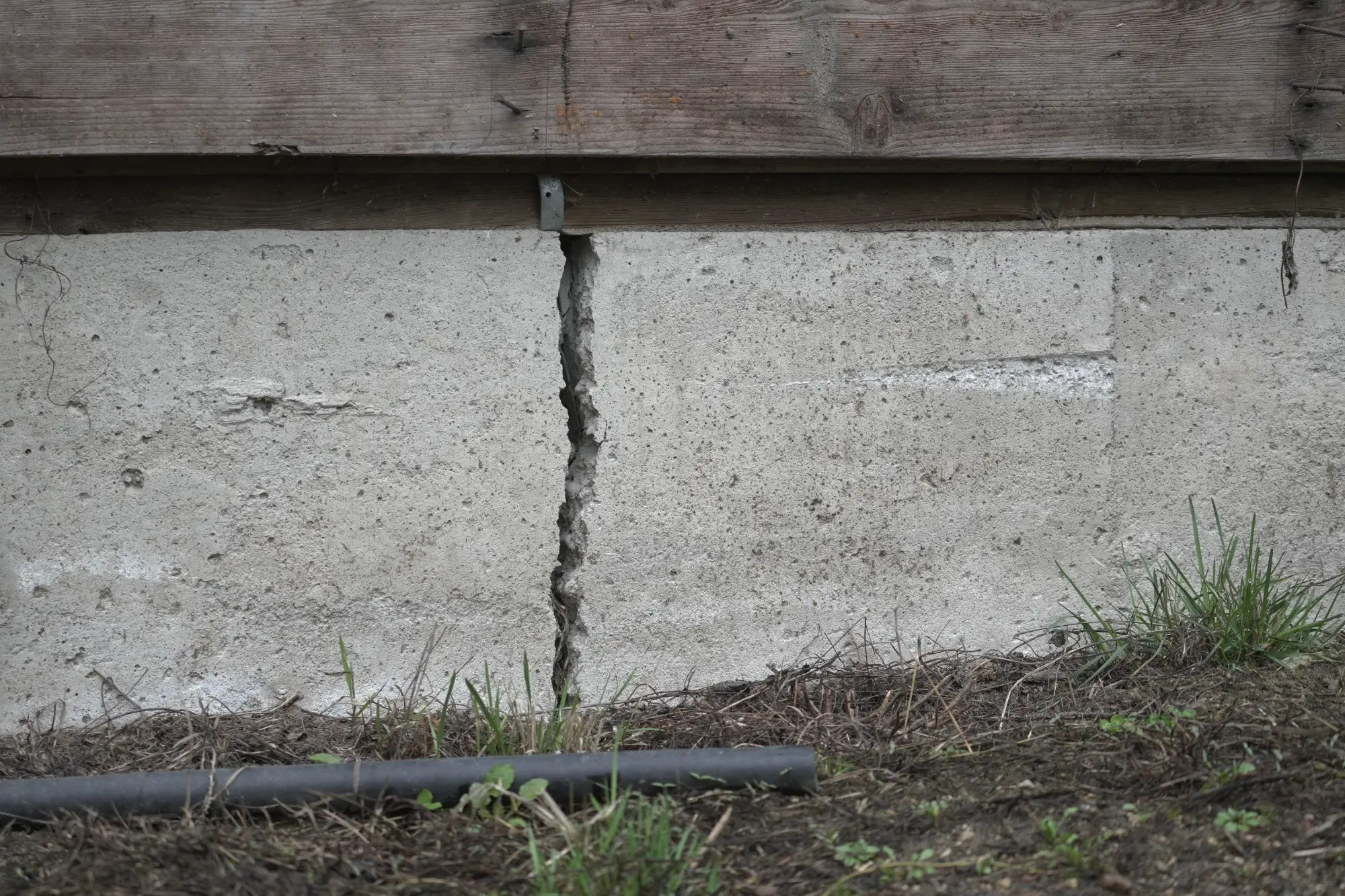Foundation Crack Repair in South Farmingdale, NY
Stop Foundation Leaks Permanently
Professional crack injection and structural repairs that actually work the first time.

Hear About Us

Professional Foundation Repair Contractors
You walk downstairs after the heaviest storm and see completely dry floors. No more scrambling for buckets when the weather turns. No more wondering if that crack is getting worse or if water damage is spreading behind your walls.
That’s what happens when foundation cracks get fixed right. Your basement becomes usable space again instead of a source of constant worry. You stop losing sleep over structural problems and start enjoying the peace of mind that comes with a solid foundation.
The difference between a proper repair and a temporary patch becomes obvious the moment you need it most. Professional crack injection doesn’t just seal the surface – it creates a permanent barrier that moves with your foundation as it naturally settles.
South Farmingdale Foundation Specialists
We at Diamond Masonry & Waterproofing LLC have been solving foundation problems for Long Island homeowners who need repairs that actually last. We’ve seen every type of crack, leak, and structural issue that affects homes in Nassau County.
Most foundation problems in South Farmingdale stem from the same root causes – clay soil movement, freeze-thaw cycles, and settling that’s completely normal for homes built in the 1950s through 1980s. We know exactly how to address these issues permanently.
You’re not getting a sales pitch from us. You’re getting straight answers from contractors who’ve been doing this work long enough to know what works and what doesn’t.

Foundation Crack Injection Process
First, we inspect every crack to determine whether it’s structural or just settling. This matters because the repair method changes based on what’s actually causing the problem. We’re looking at crack width, location, and any signs of active movement.
Next comes the actual crack injection. We use professional-grade polyurethane or epoxy that’s designed to bond with concrete and flex as your foundation moves. This isn’t the stuff you buy at Home Depot – it’s industrial-grade material that creates a permanent seal.
The injection process involves drilling small ports along the crack and injecting material under pressure until it completely fills the void. We work from the bottom up to ensure complete coverage. Most repairs cure within hours, but we recommend waiting 24 hours before testing with water.
Finally, we clean up and explain what we’ve done. You’ll know exactly what materials we used, how long the repair should last, and what to watch for going forward.

Ready to get started?
Explore More Services
About Diamond Masonry & Waterproofing
Get a Free Consultation
Complete Foundation Repair Services
Every foundation crack repair includes a complete inspection of your basement walls and floor. We’re looking for signs of ongoing issues that could cause new problems down the road. You get a full picture of your foundation’s condition, not just a quick fix.
Our crack injection work comes with materials specifically chosen for Long Island’s soil conditions and climate. We’re dealing with freeze-thaw cycles, clay soil movement, and the kind of settling that’s common in South Farmingdale’s housing stock. The materials we use are designed for these exact conditions.
When structural integrity is a concern, we can handle reinforcement work alongside crack repair. Sometimes a crack is telling you about a bigger issue that needs attention. We’ll identify these situations during our inspection and explain your options clearly.
You also get our honest assessment of whether additional waterproofing makes sense for your situation. Not every basement needs a full waterproofing system, but some do. We’ll tell you the difference.

How long does foundation crack injection actually last?
Can I just seal foundation cracks myself with store-bought products?
How do I know if a foundation crack is structural or just cosmetic?
Will fixing foundation cracks stop all water problems in my basement?
How much does professional foundation crack repair typically cost?
What's the difference between polyurethane and epoxy crack injection?
Local Resources
- Google Map Link
- Find the South Farmingdale, NY USPS
- Locate Nearby South Farmingdale, NY Pharmacies
- View the Current Weather in South Farmingdale, NY
- South Farmingdale, NY is located in Nassau county in New York State